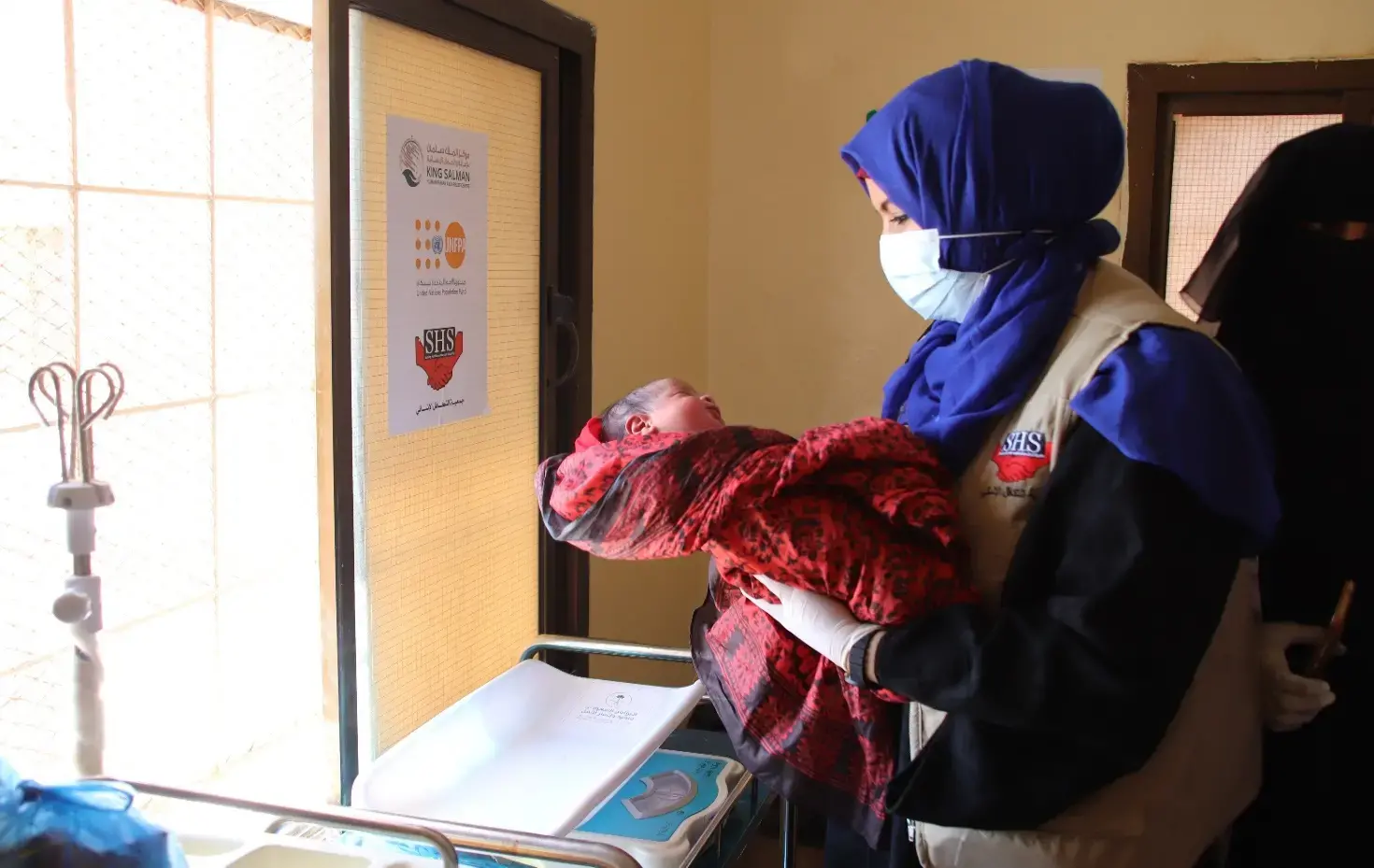The humanitarian crisis in Yemen remains the worst in the world; further deteriorating in 2020, driven by an escalating conflict, collapsing economy, a depreciating currency; exacerbated by torrential rains and flooding, COVID-19 and a fuel crisis. An estimated 24.1 million people – over 80 per cent of the population – are in need of some form of assistance, including 14.4 million who are in acute need.
By mid-2020, Yemen had returned to alarming levels of food insecurity. An Integrated Phase Classification analysis report in October 2020 covering the south of the country, revealed a near 10 per cent increase in cases of acute malnutrition this year. At least a quarter of a million pregnant or breastfeeding women were found to be in need of treatment for malnutrition in the south. The actual number is likely higher as the drivers of malnutrition in Yemen have worsened in 2020. Some 1.2 million pregnant and lactating women are estimated to suffer from either moderate or severe malnutrition across the country.
The uptick in fighting across 47 active frontlines continued into October along hotspots in Taizz, Al Hudaydah, Al Jawf, Marib and Al Bayda, leading to an influx of internally displaced persons. More than 156,000 people have been displaced this year alone, adding to the 3.6 million displaced persons. The UNFPA-led Rapid Response Mechanism continues to distribute emergency relief within 48 to 72 hours of displacement to those newly displaced. Since January 2020, nearly 75,000 displaced households have been reached with emergency relief.
Lack of funding continues to cripple the UN's humanitarian operation in Yemen with only 46 per cent received out of the $3.23 billion required for the Yemen Humanitarian Response Plan in 2020. Three-quarters of UNFPA’s $100.5 million humanitarian appeal for 2020 had been received by end October. Consequently, over 50 per cent of UNFPA’s life-saving reproductive health and women’s protection programme remains suspended due to the lack of funding. To keep reaching the most vulnerable women and girls up to the end of the year, UNFPA requires $25.4 million with an additional $20 million to respond to the COVID-19 pandemic.
By October, UNFPA's response has reached over 2.4 million individuals with lifesaving reproductive health and protection information and services, with support to 100 health facilities, 51 safe spaces, 8 shelters and 6 specialized mental health centres.


